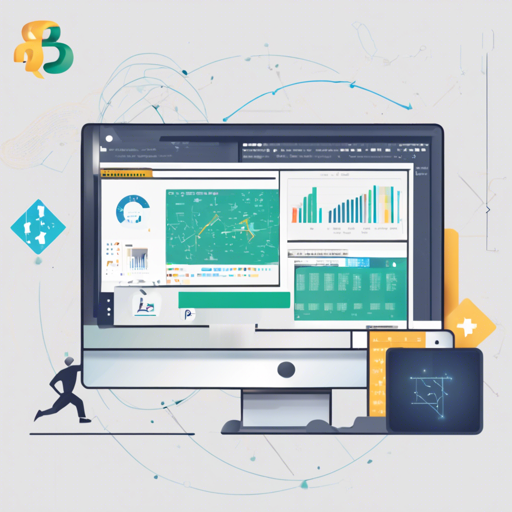The bayesian_bootstrap package brings the concept of Bayesian bootstrapping to Python, allowing you to perform Bayesian inference conveniently. This guide will walk you through how to use this package, providing examples and troubleshooting tips along the way.
Installing the Bayesian Bootstrap Package
Before diving into the code, you need to install the package. You can do this easily using pip:
pip install bayesian_bootstrapGetting Started with Bayesian Bootstrap
The Bayesian bootstrap is designed for creating posterior distributions for the mean and variance, simulating arbitrary statistics, and more. Think of it as a chef preparing different flavors of the same dish by sampling ingredients (data) multiple times, using Bayesian principles to modify the recipe based on each sampling.
Key Functions in the Package
- mean and var: Simulate the posterior distributions of the mean and variance.
- bayesian_bootstrap: Simulate the posterior distribution of an arbitrary statistic.
- BayesianBootstrapBagging: Generate ensembles of regressors/classifiers.
- central_credible_interval and highest_density_interval: Compute credible intervals from posterior samples.
Example: Estimating the Mean
Let’s simulate some data points and estimate the posterior distribution of the mean. We can use an exponential distribution as our data source. Here’s how to do that:
import numpy as np
import matplotlib.pyplot as plt
import seaborn as sns
from bayesian_bootstrap import mean, highest_density_interval
X = np.random.exponential(7, 4)
posterior_samples = mean(X, 10000)
l, r = highest_density_interval(posterior_samples)
plt.title("Bayesian Bootstrap of Mean")
sns.distplot(posterior_samples, label="Bayesian Bootstrap Samples")
plt.plot([l, r], [0, 0], linewidth=5.0, marker='o', label='95% HDI')
plt.legend()
plt.show()This code snippet uses the Bayesian bootstrap mean function to simulate the posterior distribution of the mean based on four data points drawn from an exponential distribution.
Example: Regression Modeling
Now, let’s take it up a notch and fit a linear regression model using Bayesian bootstrapping. Here’s how you can set it up:
from sklearn.linear_model import LinearRegression
from bayesian_bootstrap import BayesianBootstrapBagging
X = np.random.normal(0, 1, 5).reshape(-1, 1)
y = X.reshape(1, -1).reshape(5) + np.random.normal(0, 1, 5)
m = BayesianBootstrapBagging(LinearRegression(), 10000, 1000)
m.fit(X, y)
X_plot = np.linspace(min(X), max(X))
y_predicted = m.predict(X_plot.reshape(-1, 1))
y_predicted_interval = m.predict_highest_density_interval(X_plot.reshape(-1, 1), 0.05)
plt.scatter(X.reshape(1, -1), y)
plt.plot(X_plot, y_predicted, label='Mean')
plt.plot(X_plot, y_predicted_interval[:, 0], label='95% HDI Lower bound')
plt.plot(X_plot, y_predicted_interval[:, 1], label='95% HDI Upper bound')
plt.legend()
plt.show()In this example, we create a scatter plot of data, fit a Bayesian model, and display the prediction intervals using the mean and highest density intervals.
Troubleshooting
When working with the Bayesian bootstrap, you may encounter several common issues:
- Installation errors: Ensure you have the latest version of pip and that your Python environment is set up correctly.
- Invalid input types: Check that the data being fed to functions are in the expected format (e.g., arrays).
- Runtime errors: Debug by checking the data size, especially when performing resampling.
For more insights, updates, or to collaborate on AI development projects, stay connected with fxis.ai.
Conclusion
The bayesian_bootstrap package provides a powerful set of tools for performing Bayesian analysis in Python. As you experiment with this package, remember that visualizing results and understanding the underlying statistics can significantly enhance your analysis.
At fxis.ai, we believe that such advancements are crucial for the future of AI, as they enable more comprehensive and effective solutions. Our team is continually exploring new methodologies to push the envelope in artificial intelligence, ensuring that our clients benefit from the latest technological innovations.

